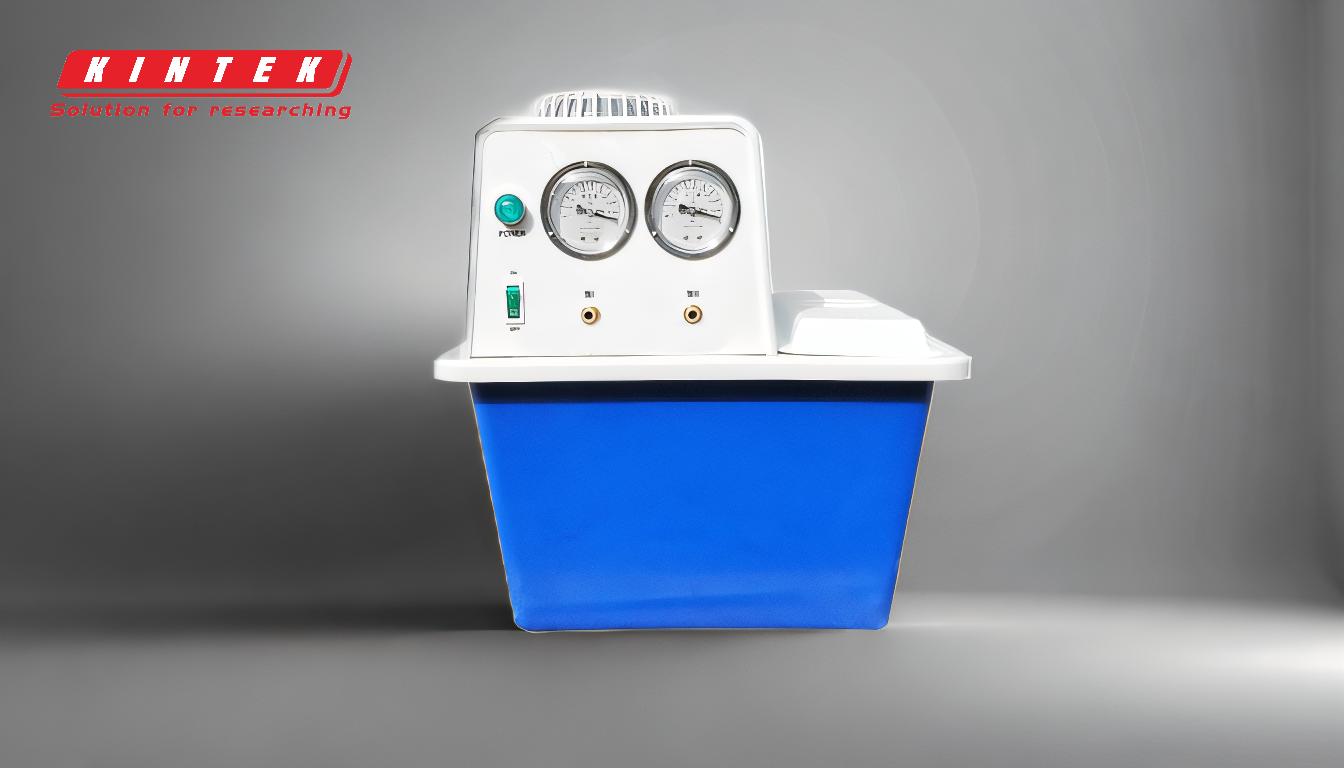Yes, a pump can create a vacuum. Pumps are specifically designed to remove gas molecules from a sealed volume, thereby reducing the pressure inside that volume and creating a vacuum. The type of pump used depends on the desired level of vacuum and the application. For example, mechanical pumps like rotary vane pumps are commonly used for rough vacuums, while more advanced pumps like turbomolecular or diffusion pumps are used for high or ultra-high vacuums. The efficiency and effectiveness of a pump in creating a vacuum depend on factors such as its design, operating principles, and the environment in which it is used.
Key Points Explained:

-
Definition of a Vacuum:
A vacuum is a space entirely devoid of matter, or a space where the pressure is significantly lower than atmospheric pressure. Pumps achieve this by removing gas molecules from a sealed volume. -
How Pumps Create a Vacuum:
- Pumps work by mechanically or chemically displacing gas molecules from a sealed chamber.
- As gas molecules are removed, the pressure inside the chamber decreases, creating a vacuum.
- The efficiency of the pump determines the level of vacuum achieved.
-
Types of Pumps for Creating Vacuum:
- Mechanical Pumps (e.g., Rotary Vane Pumps): Suitable for rough vacuums, commonly used in industrial and laboratory settings.
- Turbomolecular Pumps: Used for high vacuums, often in scientific research and semiconductor manufacturing.
- Diffusion Pumps: Employed for ultra-high vacuums, typically in advanced scientific applications.
- Ion Pumps: Used in extremely high vacuum environments, such as space simulation chambers.
-
Factors Influencing Vacuum Creation:
- Pump Design: The design of the pump determines its ability to remove gas molecules efficiently.
- Operating Principles: Different pumps use different mechanisms (e.g., mechanical displacement, ionization) to create a vacuum.
- Environmental Conditions: The presence of contaminants, temperature, and the size of the sealed volume can affect the pump's performance.
-
Applications of Vacuum Pumps:
- Industrial Processes: Vacuum pumps are used in processes like vacuum distillation, freeze-drying, and semiconductor manufacturing.
- Scientific Research: High and ultra-high vacuum pumps are essential in fields like particle physics and material science.
- Everyday Applications: Vacuum pumps are used in household appliances like vacuum cleaners and refrigeration systems.
-
Challenges in Creating a Vacuum:
- Achieving a perfect vacuum is practically impossible due to residual gas molecules.
- Maintaining a vacuum requires continuous operation of the pump or a sealed environment.
- Contaminants and leaks can degrade the vacuum over time.
-
Advancements in Vacuum Pump Technology:
- Modern pumps are designed to be more energy-efficient and environmentally friendly.
- Innovations like magnetic levitation in turbomolecular pumps reduce wear and tear, extending the pump's lifespan.
- Integration with digital controls allows for precise monitoring and adjustment of vacuum levels.
By understanding these key points, one can appreciate the role of pumps in creating vacuums and their importance across various industries and applications.
Summary Table:
| Aspect | Details |
|---|---|
| Definition of Vacuum | A space with significantly lower pressure than atmospheric pressure. |
| How Pumps Work | Remove gas molecules to reduce pressure, creating a vacuum. |
| Types of Pumps | Mechanical (rough vacuum), Turbomolecular (high vacuum), Diffusion (ultra-high vacuum), Ion (extreme vacuum). |
| Key Factors | Pump design, operating principles, and environmental conditions. |
| Applications | Industrial processes, scientific research, and everyday appliances. |
| Challenges | Residual gas molecules, leaks, and maintaining vacuum levels. |
| Advancements | Energy-efficient designs, magnetic levitation, and digital control systems. |
Discover the right vacuum pump for your needs—contact our experts today!









